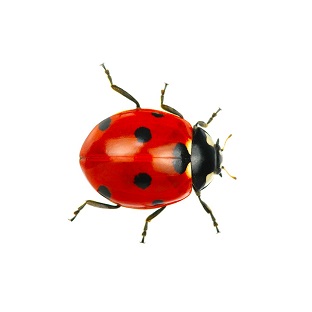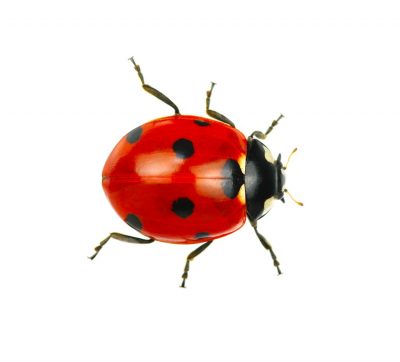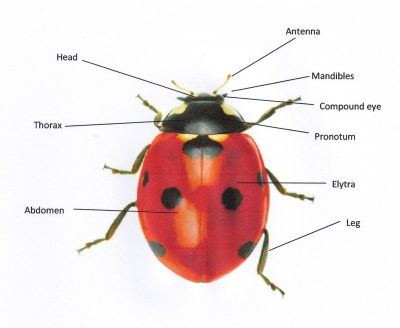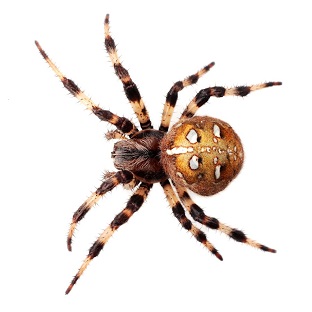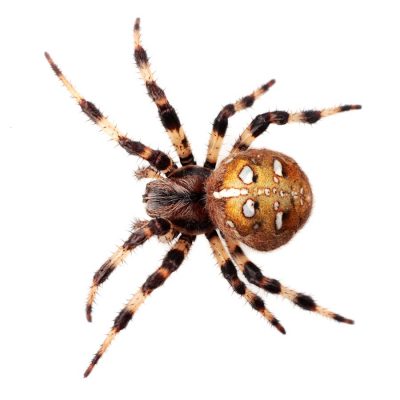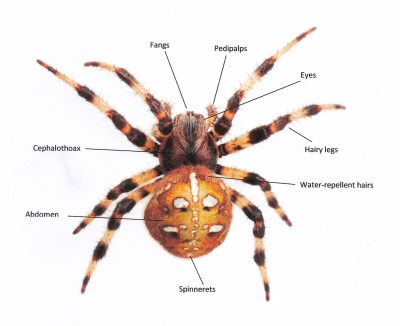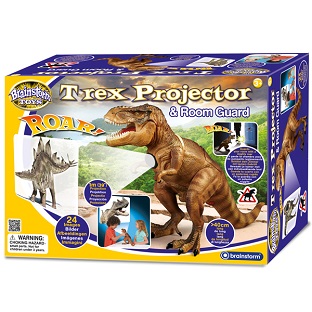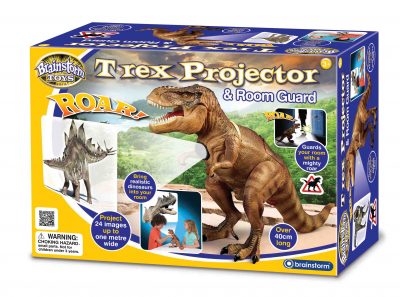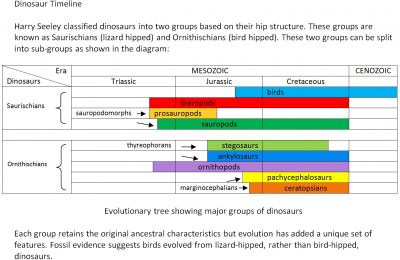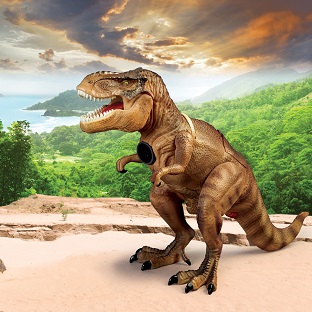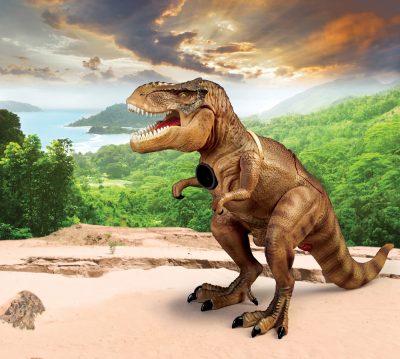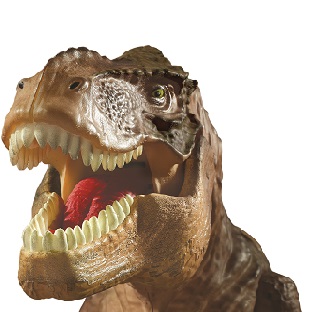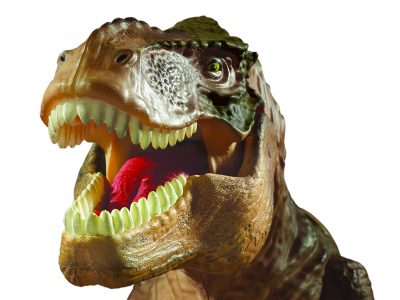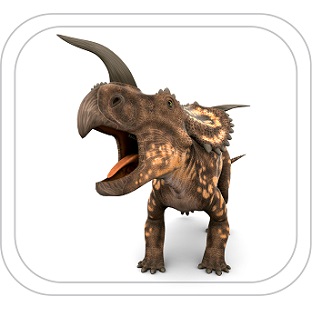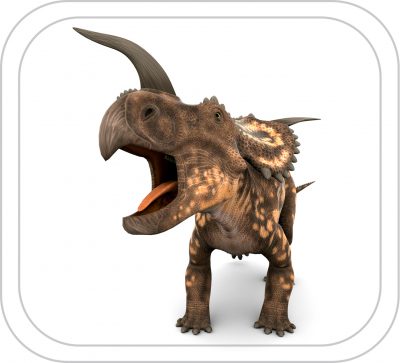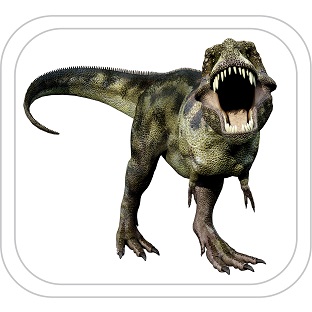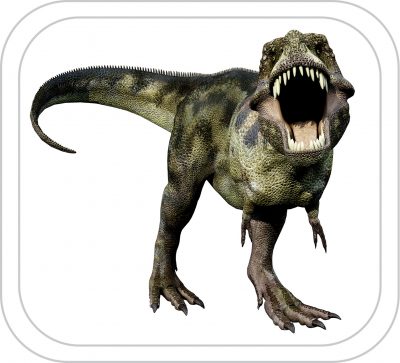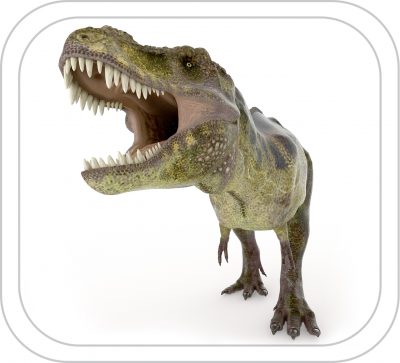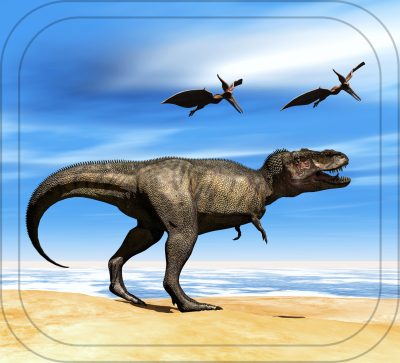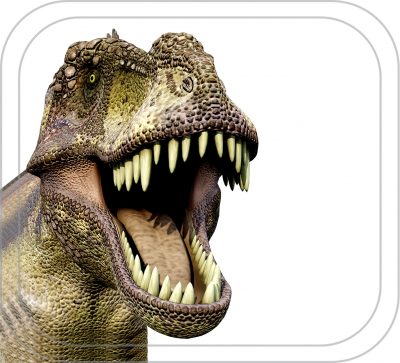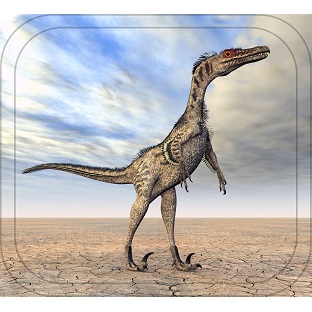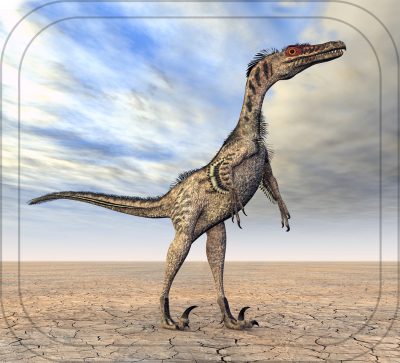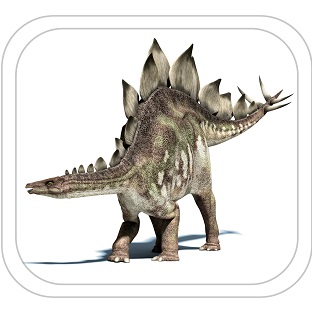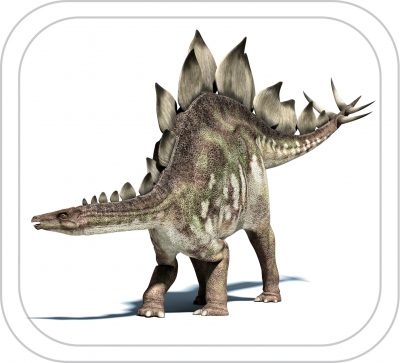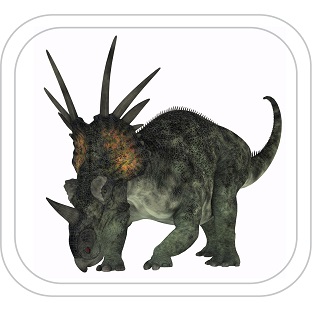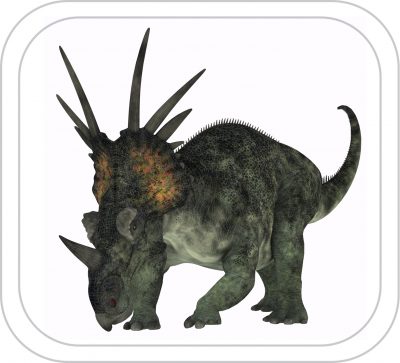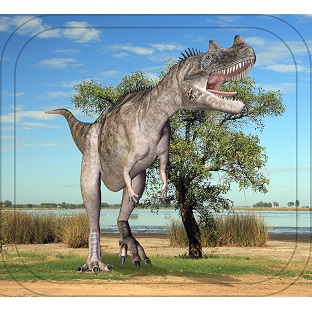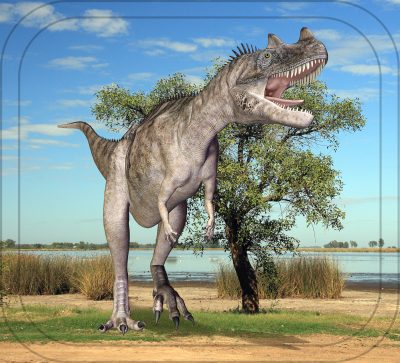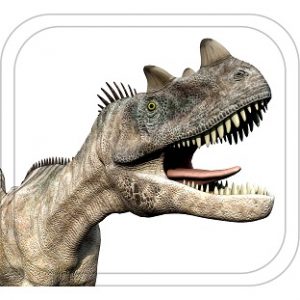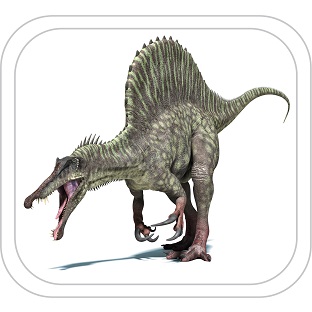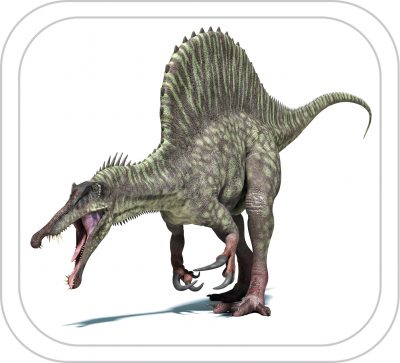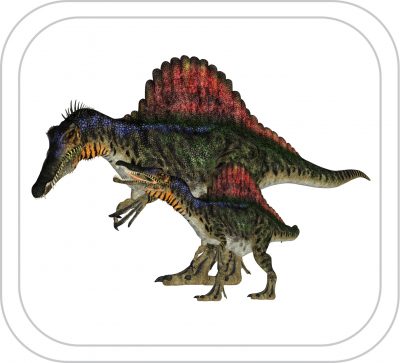Spiders
Anatomy
Spiders are not insects. Insects have six legs, wings and antennae. Spiders have eight legs, no wings and no antennae. Spiders are arachnids. Other members of the arachnid family are mites, ticks and scorpions.
Spiders have an exoskeleton and no backbone. Their bodies are split into two segments the cephalothorax and the abdomen. A spider’s eyes, fangs, pedipalps, legs, stomach, brain and venom glands are all located on the cephalothorax. The silk glands called ‘spinnerets’ are on the abdomen. The whole of their bodies are covered in water-repellent hairs, which help prevent them from getting wet and means they are able to survive hours underwater.
Most spiders have eight eyes, some have six and some have less. There are even spiders that have no eyes. Spiders are generally near-sighted so are unable to see long distances. They use the hair on their bodies and pedipalps to help them feel their way around. The hair on a spiders front legs are used to taste their prey by touching it. Spiders even have short hairs on their feet that allow them to walk upside down on the ceiling.
Most spiders are venomous except one species – the Bagheera Kiplingi, which can be found in Central America in countries such as Mexico. The venom is released through the spider’s fangs.
Habitat
Spiders can live in all kinds of habitats. They like dark places. They can be found in every continent in the world, except the Arctic and Antarctica.
Most spiders live on land but a few, like the raft spider live on and in the water. These spiders can ‘run’ across the water’s surface using the waterproof hairs on their feet.
Abandoned spider’s webs are called cobwebs.
Diet
Spiders make webs to catch their food. They eat many types of harmful insects and help to keep gardens and homes free of pests. However, they are only able to eat their food in liquid form. The spider will stun its prey with venom and then release enzymes from its stomach to reduce their prey to a liquid.
They will also eat old spider’s webs. They roll the old web into a ball and use their digestive enzymes in the same way to break down the silk into liquid form.
Spiders also drink water. This is why they can often be found in the bath.
Lifecycle
Spiders hatch from eggs. The female spider will lay her eggs on a bed of silk. She will then cover them with more silk. This is known as an ‘egg sac’. There can be 200-300 eggs in a sac. The baby spiders will stay in their eggs until the weather gets warm. When they emerge the stronger spiders eat the weaker ones and any unhatched eggs. Some species will eat their mothers and in other species the mother will perish or leave the egg sac before they are born.
The young spiders will shed their exoskeleton as they grow. The female spiders are usually bigger than the males but are fewer in numbers. When they have finished mating the female spider will often eat the male spider.
The average life of a spider is about one to two years. However tarantulas can live up to 20 years and in China they have a colony of ‘holy’ spiders which are over 2,800 years old.
Behaviour
All spiders spin silk but not all spiders build webs to catch their prey. Some will chase and pounce on their prey, like the Wolf spider and the Jumping spider.
Spiders do not only use their silk for catching prey and protecting their young. They also use it for shelter and to help them move. They are able to spin little parachutes and balloon away in the wind. Single threads of silk are known as ‘draglines’ and help a spider to climb back up if they fall or let themselves drop.
When crawling, spiders have four legs off the ground and four legs on the ground. Their muscles only allow them to move their legs towards their bodies. They are unable to pull their legs back out/ they have to pump water into their legs to push them out. When a spider curls into a ball it is not dead. It means it has lost too much water to push their legs out again.
Different species
There are about 40,000 different species of spider. Some of the most common spiders are:
• Orb Web spider
This spider is about 15mm long and has silver-grey markings on its abdomen. It gets its name because it spins an orb shaped web. They feed on flying insects such as butterflies, wasps and flies and are usually found in the garden. They refuse to leave their egg sacs to hunt and feed, so will die before the eggs hatch.
• Giant House spider
These spiders can grow 120mm long. They build sheet like webs in neglected corners of a room and can be found in sheds, attics and garages. They can bite but their venom is not potent enough to harm humans.
• Daddy long-leg spider
This is not the same as the daddy long-legs (crane fly) that flies. They are not spiders. They are insects. The Daddy long-leg spider is easily recognisable by its long spindly legs. It does not have any wings. They have thin grey bodies and can grow to about 45mm. it has a strong venom but its fangs are not strong enough to penetrate human skin.
• Money spider
These are tiny spiders about 2mm in size. It is believed to be good luck if one crawls on you, as you are likely to come into money. They are not harmful to humans. They travel through the air on strands of silk, picked up by the wind. They weave hammock shaped webs and bite their prey to paralyse it, then wrap it in silk. It may be several days before it will eat it.
• Red spider
The red spider is bright red in colour and about 1mm across. They usually live in grass and are actually mites rather than spiders. They feed on common plants, fruit and vegetables and are harmless to humans and pets.
Some species of spiders are more deadly:
• Black Widow spider
Black Widow spiders can be easily identified by the hourglass shaped mark on their abdomen. They are very poisonous and can be found in many countries worldwide. The Black Widow spider’s venom is fifteen times stronger than a rattle snake. They have tiny bristles on their back legs, which they use to cover their prey with silk once they have trapped it in their large web. The female Black Widow spider will always eat the male after mating and this is how the spider got its name.
• Funnel Web spider
The Funnel Web spider is one of the most deadly spiders in the world and is native to Australia. They are dark coloured and shiny in appearance. They live in burrows underground or in old tree stumps. They line their burrows with silk. They eat lizards and frogs and can live for about twenty years.
• Tarantula
The Tarantula has very a large hairy body and legs so looks more deadly than it actually is. In most species the venom is actually very weak, weaker than a honey bee. Although painful the venom will not harm humans. This is why Tarantulas have become very popular pets. They move very slowly and mainly eat insects, frogs, toads and mice. Females will sometimes eat their mate
